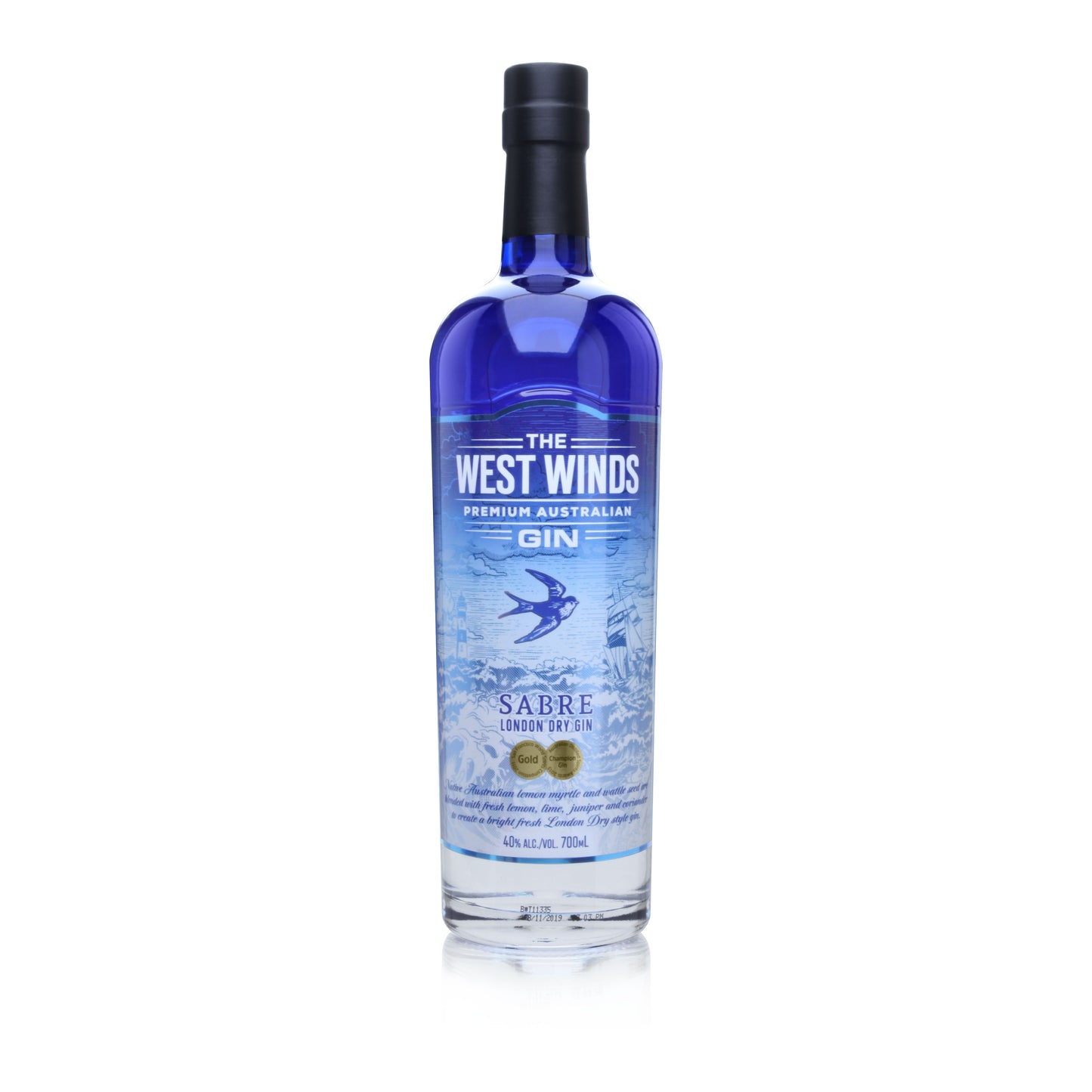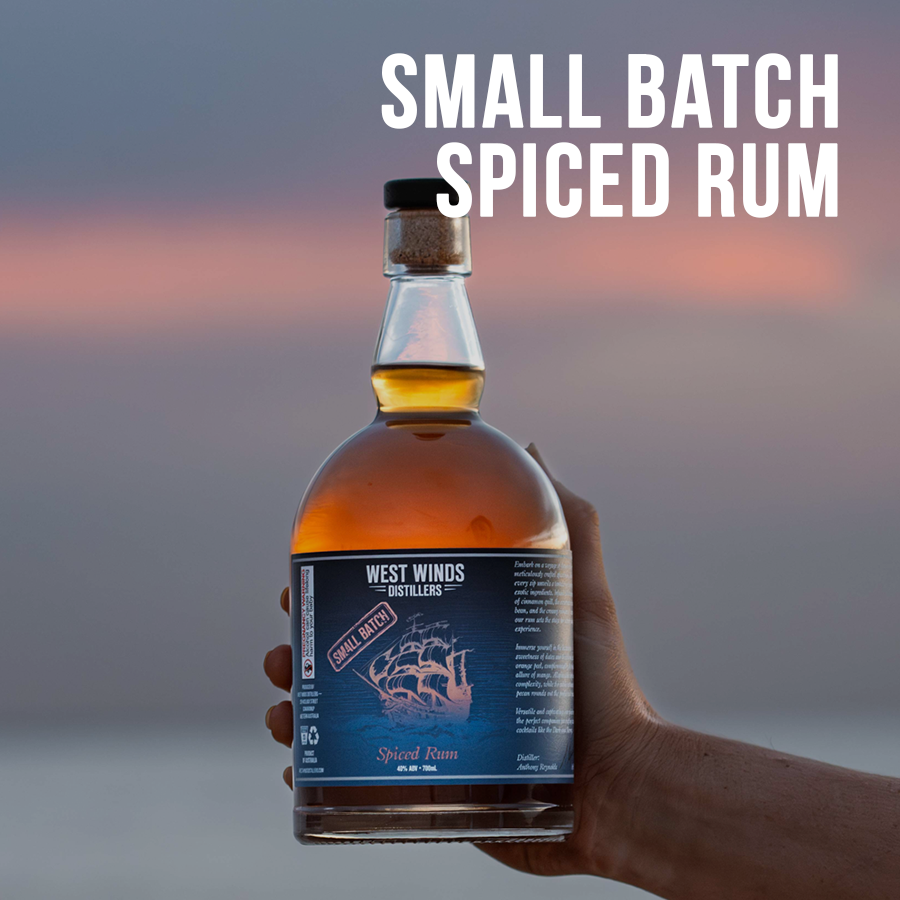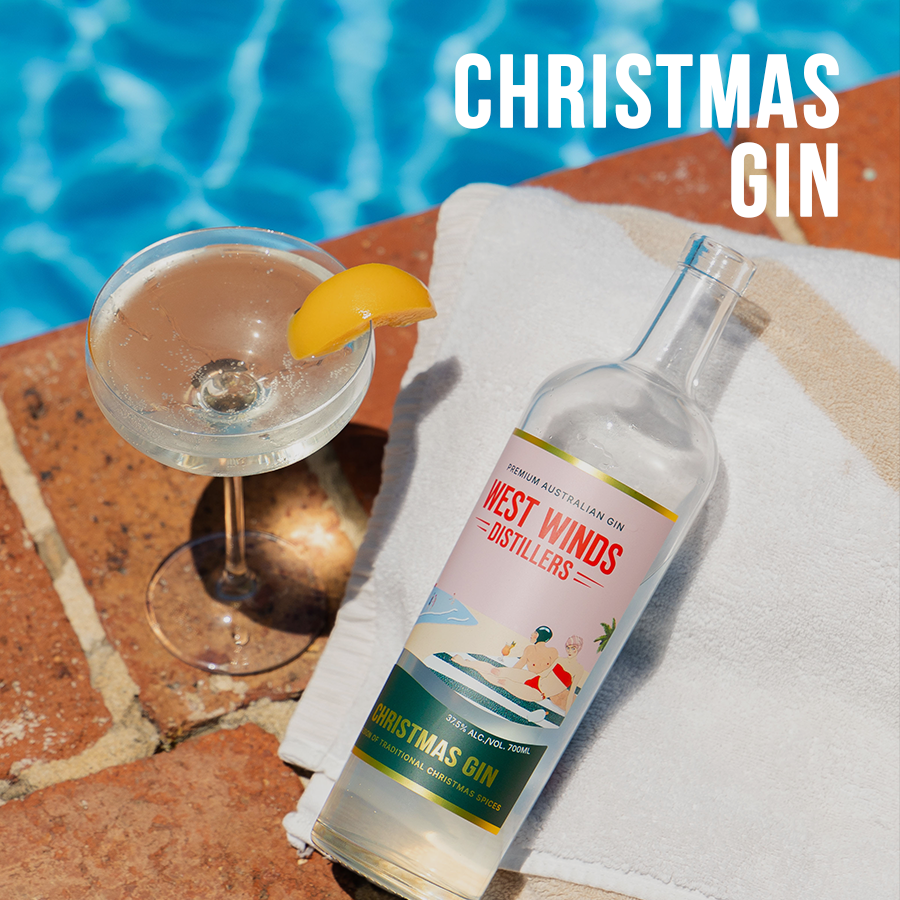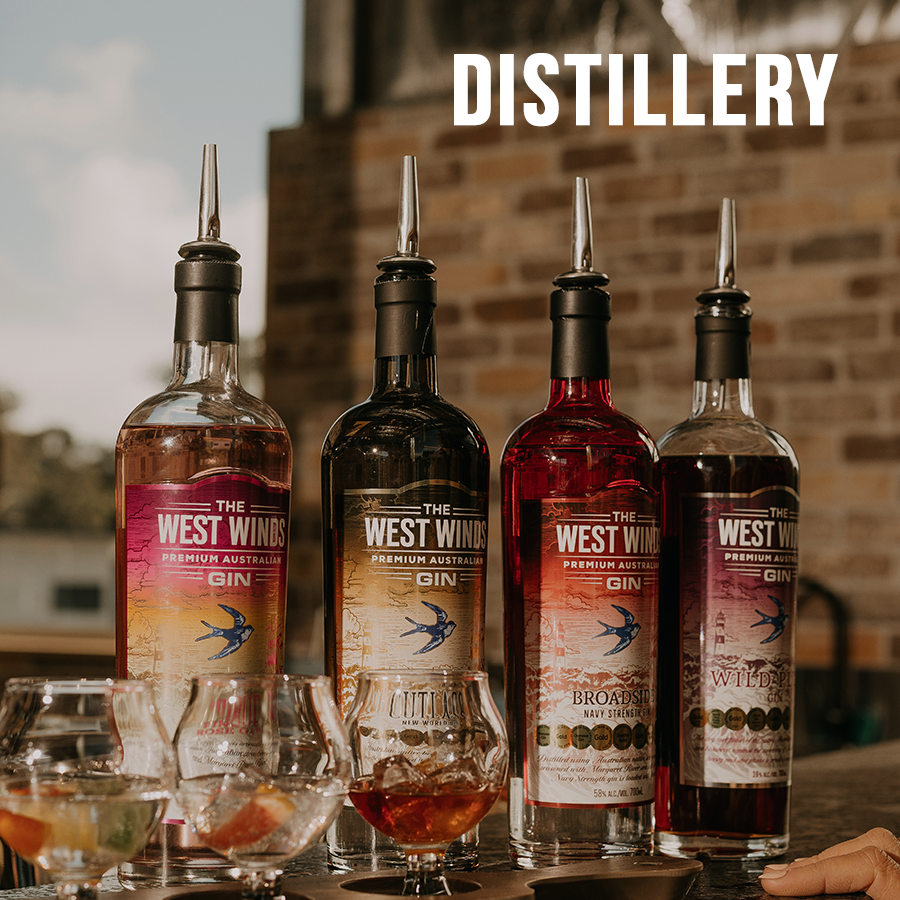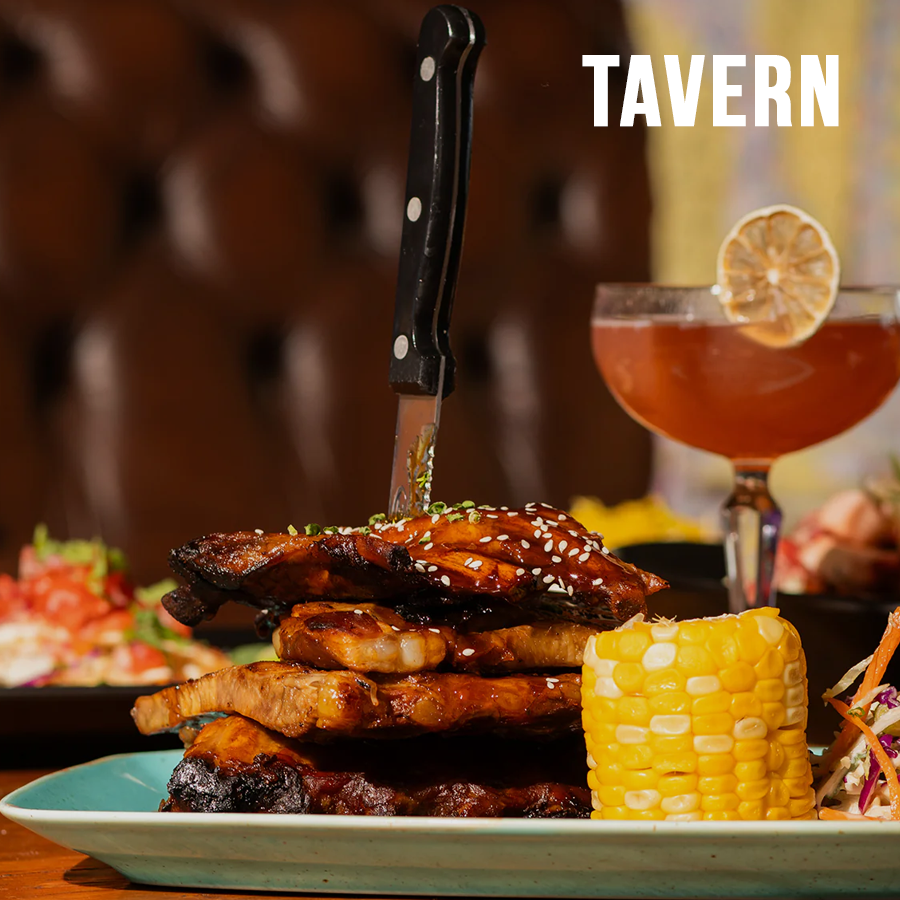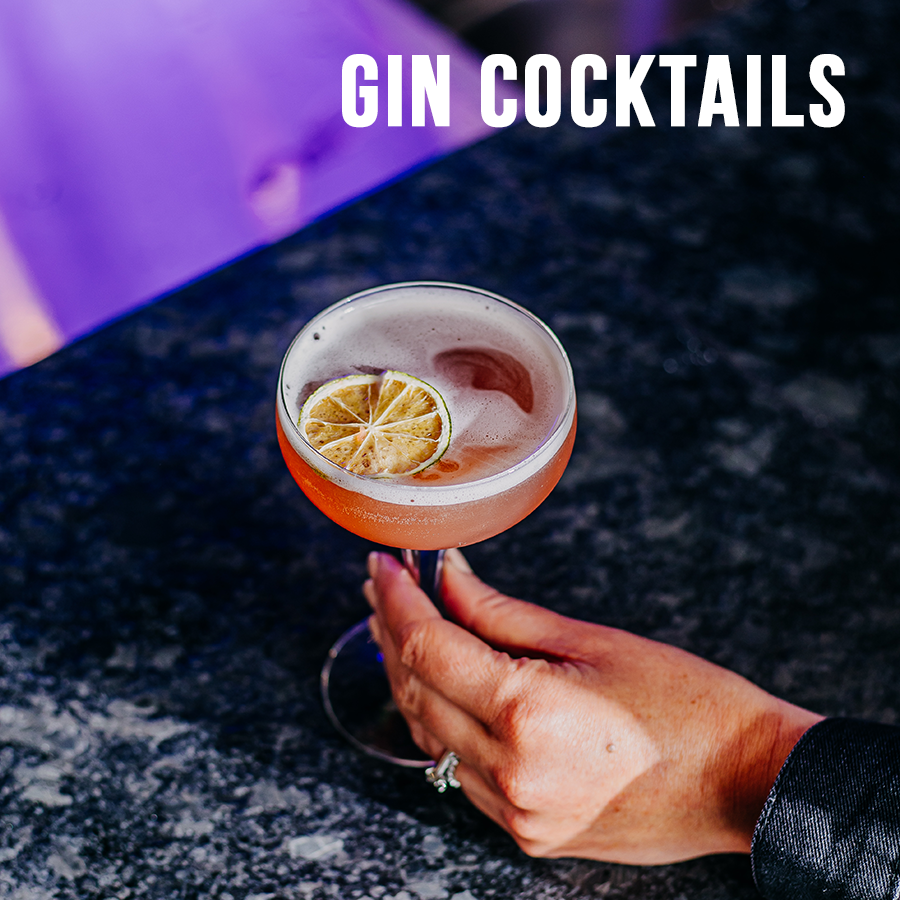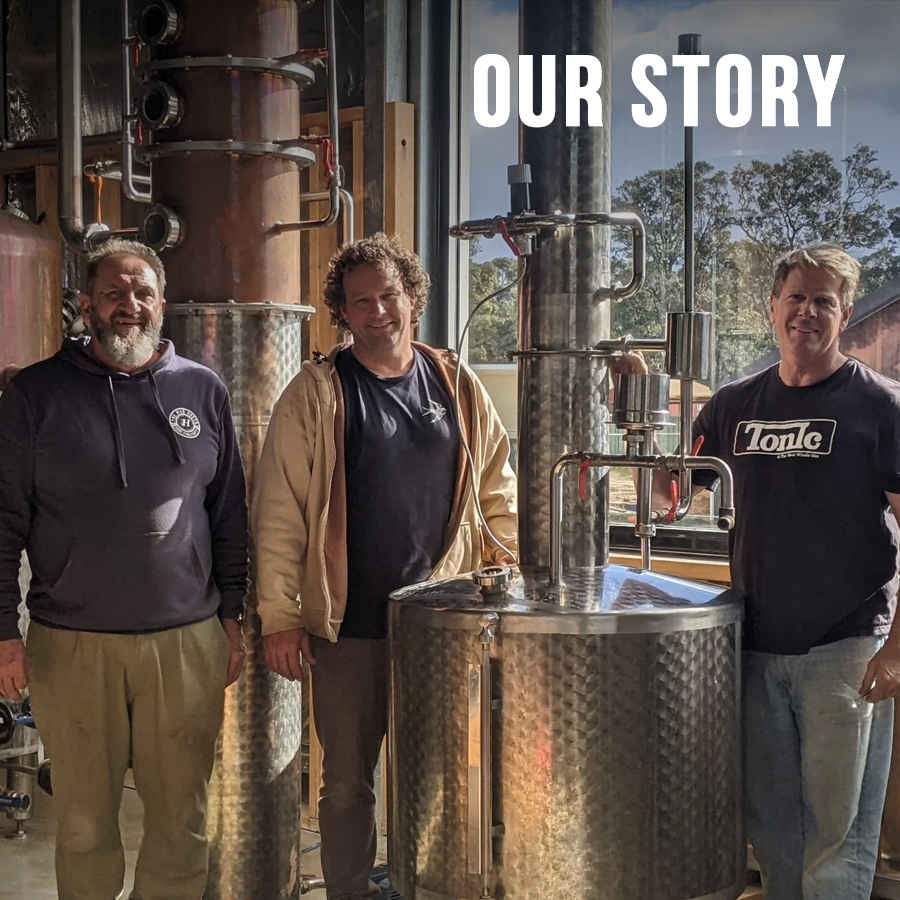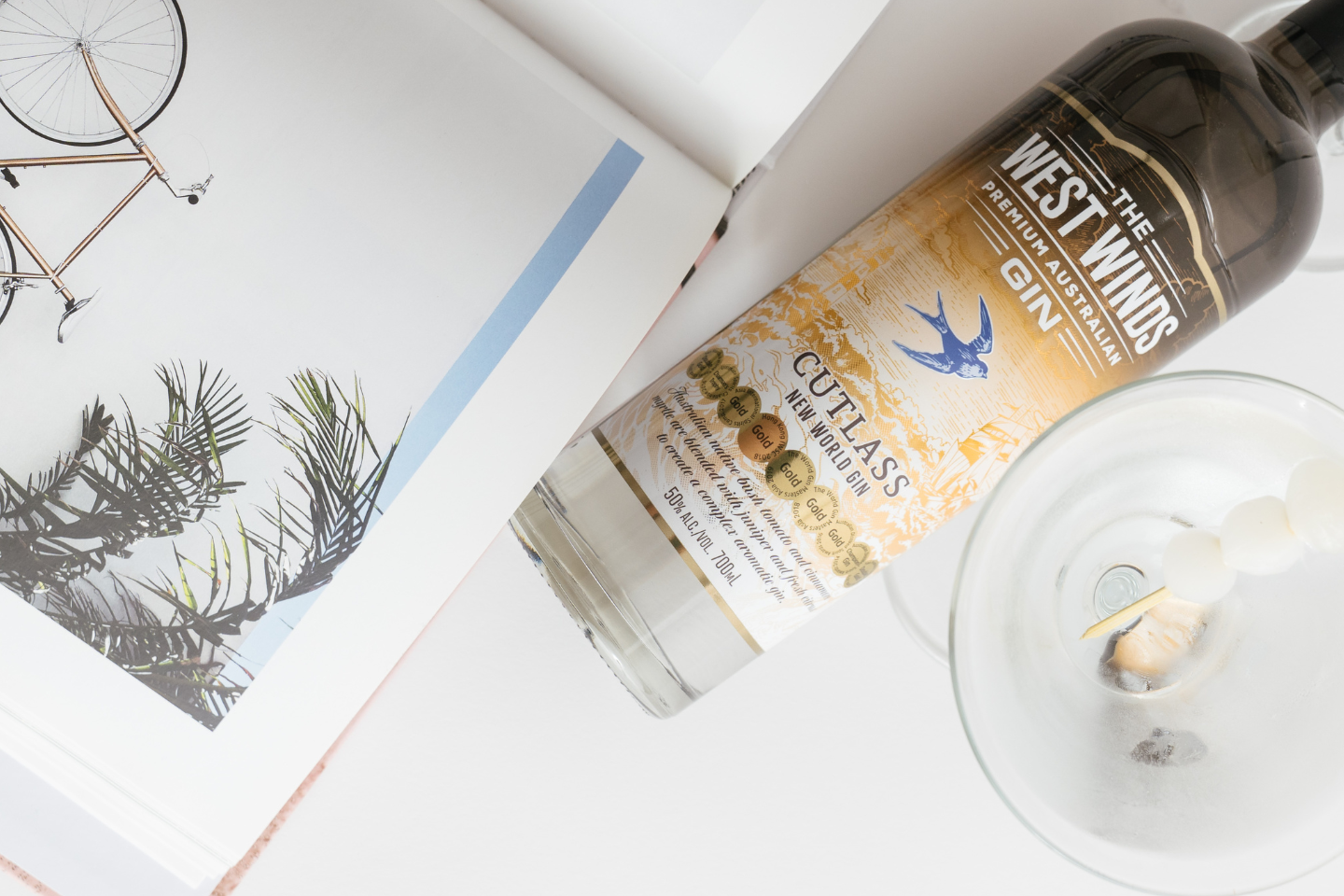You may not be aware, but there are a vast array of different Gin styles, many of which are being produced in Australia by small craft distilleries. Because gin makers flavour their gin using a wide array of botanicals, the weight added of each individual botanical can have a huge difference in the flavour, even if they fall within the same style or ‘category.’
The 6 gins you’re most likely to encounter are:
- London Dry
- Navy Strength
- New World
- Flavoured/Infused Gins (e.g. Sloe)
- Old Tom
London Dry

By far the most popular style on the list, this gin dates back hundreds of years and it is still regarded as the most popular style of Gin. Beefeater, Tanqueray and Bombay Sapphire are all commonplace names within this style of gin. Unlike other spirits, Gin has strict legal regulations defining how each variant is produced. London Dry gins need to be at least 37% alcohol by volume.
For some, the name can be slightly deceptive, as the majority of London Dry’s don’t originate from London at all.
The ‘London Dry’ variety has progressively developed over the years, with many in agreement that the definition will likely need to be altered in years to come as it continues to be re-created.
Tasting: Juniper (predominant botanical by requirement) and Citrus
Go-to cocktail: The Classic Dry Martini
Navy Strength

As the name suggests, the strength of this Gin is sure to have you keeling over in the absence of moderation! With an ABV (Alcohol By Volume) of 57% or greater (by law), this is one powerful drink. Word of caution: Dedicated gin lovers only.But why the name and such a high percentage of alcohol?
Well, if we were to time-travel back to the early 1800s when gin was a required carry-on for British Naval ships, it might start to become clear why. At the time, the poor conditions of sea-travel brought about many medical ailments; with malaria and scurvy being commonplace, gin was thought to be somewhat of a cure-all for these illnesses.
To get the job done, it had to be damn strong. And so a test was devised to distinguish the “medicinal strength” stuff from the diluted rubbish. Any gin with an alcohol level of 114 proof (57% ABV) or higher was concentrated enough to the point that it would ignite gunpowder, thus giving it the name Navy Strength.
This style of Gin is loved by bartenders for its cut-through ability in cocktails. The added alcohol allows the Gin to remain the dominant flavour in the presence of other ingredients with strong flavours.
Tasting Notes: A stronger, bolder version of a London Dry
Perfect cocktail match: The Gimlet – lime juice, sugar spirit and some West Winds Broadside.
New World

Similar to what we’ve witnessed in the rise of craft beer, where punters moved away from their standard lagers to a more ‘exotic’ offering, this phenomenon of choice is also occurring in the gin market. As consumers are given a vast selection, definitions are created for each new style, and that leads us to ‘New Wave Gin.’
The past few years have seen an explosion in the number of small craft distilleries, and a new breed of gin has emerged as a result. The notion of Gin was reserved for the suburban elderly and far removed relatives of 18th-century sailors, but now it’s mainstream, and it’s definitely a drink to get excited about.
Just like with history and records, they’re made to be broken, and it was only a matter of time before the heavy set juniper gins of old made way for the fresh and innovative new tastes and techniques of the 21st century.
The phrase ‘New Wave’ is the broad term given to Gins that put less of an emphasis on juniper and more of an emphasis on other aromatics like Citrus and floral nodes. As such, the name New Wave, unlike Navy Strength or London Dry, has little to no legal ramifications. With Australia being home to a plethora of unique native flora, our local craft distilleries have produced some exciting new flavour profiles, with a strong commitment to success.
Tasting notes: Vary much like the style
Perfect cocktail match: Simplicity is the key so as not to mask the flavours.
Flavoured/Infused Gins (e.g. Sloe)

As the name suggest, these gins are essentially infused with different flavouring and aromatic agents such as sweet fruits to provide a visual element and enhance the taste. Most common in this category, ‘Sloe Gin’ is infused with sloe berries giving a distinctive pink colour and tarty, fruity flavour.
The ingredients are added at the end of the process to a finished gin and left to soak, which differs from traditional botanicals, which are generally added at the start of the distillation process. Australian Ink Gin is one notable example, infused with exotic butterfly pea flowers, imparting a distinctive blue/magenta hue.
That being said, many of these coloured Gins happen to inhabit the category of colourful but tasteless. Fortunately for those lucky enough to grab a bottle, West Winds Gin produces a limited release of their Barrel Aged Plum Gin which ultimately gives a Smokey, sweet flavour – the perfect desert gin if there ever was one!
Flavour profile: Highly dependent on the base spirit and infusion ingredients
Perfect cocktail match: We recommend a good sour cocktail or spritz for this style!
Old Tom
Old Tom traces its roots back to the 19th century when the quality of gin was so poor, that sugar was added to mask the strength and create a sweeter and more palatable drink.
Often referred to as “the nexus” between Dutch Genever and London Dry, for its lighter than the former and has a sweeter and fuller body than the latter, giving it more of a malty scotch-like characteristics.
Tasting notes: Sweet and earthy
Perfect cocktail match: Has to be a Tom Collins
Dutch Genever

This style is the elder statesman of gin. With lineage dating all the way back to the very first gin ever created, this variety is a bold, full flavoured Gin. Heavy on malt, Genever is the whisky of the gin world. Unlike most other gin types that gain complexity when mixed, Genever diffuses when mixed, so many prefer to serve this neat or on the rocks.
Tasting notes: Creamy and almost buttery, with a nutty flavour.
Perfect cocktail match: Try a Dutch Negroni! Just supplement in a Dutch Genever.
